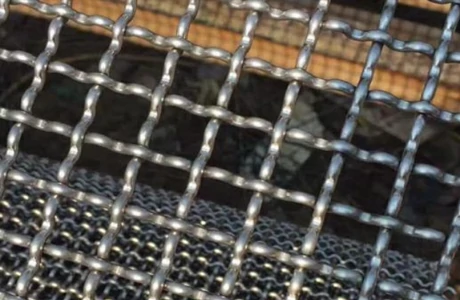Current Trends and Prices for Galvanized Barbed Wire in the Construction Industry
The Price of Galvanised Barbed Wire Understanding Factors and Trends
Galvanised barbed wire has long been a staple in the fields of agriculture, security, and construction, serving as an essential barrier to protect property and livestock. Its durability and resistance to corrosion make it a preferred choice for various applications. However, like many commodities, the price of galvanised barbed wire is subject to fluctuations influenced by a variety of factors.
1. Material Costs and Production
The primary component of galvanised barbed wire is steel, which is subject to market dynamics. The prices of raw materials, including iron ore and scrap steel, directly impact the cost of production. Increased demand for steel in construction or manufacturing can lead to higher prices for galvanised products.
In addition to material costs, the galvanisation process itself—where steel wire is coated with a layer of zinc to enhance its durability—requires energy and specific chemicals, further contributing to overall production costs. As energy prices rise or fall, they too can influence the final price of galvanised barbed wire.
2. Supply Chain Dynamics
The global supply chain plays a significant role in determining the price of galvanised barbed wire. Transportation costs, trade policies, and tariffs can all affect the availability and pricing of raw materials and finished products. For instance, disruptions due to political instability, natural disasters, or pandemics can lead to supply shortages, causing prices to spike.
Moreover, the availability of galvanised barbed wire can be influenced by seasonal demand. For example, farmers may purchase large quantities before the start of planting or fencing season, creating temporary price increases. Conversely, off-peak seasons may see lower prices due to decreased demand.
3. Regional Price Variations
galvanised barbed wire price

The price of galvanised barbed wire can vary significantly by region due to local economic conditions, labor costs, and transportation expenses. In developing countries, where production and labor costs may be lower, prices might be more competitive compared to developed nations where costs are higher. However, fluctuations in local currencies can also impact pricing, complicating the cost landscape for imports and exports.
4. Technological Advancements
Advancements in manufacturing technology can also affect prices. Innovations that improve production efficiency can reduce costs, allowing manufacturers to offer more competitive pricing. Additionally, newer galvanisation techniques that provide better protection against rust and corrosion can lead to slightly higher initial costs but can prove cost-effective in the long run due to reduced maintenance needs.
5. Market Trends and Consumer Demand
Market demand is perhaps the most influential factor in pricing. As industries such as agriculture, construction, and security evolve, so does the demand for galvanised barbed wire. For instance, as urban development continues to expand, the need for fencing solutions increases, thereby driving up prices. Conversely, economic downturns or shifts in consumer preferences can result in decreased demand, leading to price reductions.
In recent years, there has been a trend toward sustainable materials and practices, which may influence the types of galvanised barbed wire being produced and their corresponding prices. Manufacturers that emphasize sustainability might charge a premium, while those focusing solely on cost efficiency might lower prices to attract a broader customer base.
Conclusion
Understanding the price of galvanised barbed wire requires a comprehensive examination of various influencing factors. From raw material costs and supply chain dynamics to regional variations and technological advancements, there are many layers to decipher. As both demand and production continue to evolve, keeping an eye on market trends will be crucial for buyers looking to make informed purchasing decisions in this vital industry.
-
Space-Saving Chain Fence Hacks Vertical Gardening with Cyclone MeshNewsJul.16,2025
-
Innovations in Iron Nail Wire Production for Modern ConstructionNewsJul.16,2025
-
Creative Uses of Wire Netting Fence in Modern Landscape DesignNewsJul.16,2025
-
Barbed Wire Fence Innovations in Anti-Climb TechnologyNewsJul.16,2025
-
Architectural Uses of Umbrella Nails for Aesthetic Roof DesignsNewsJul.16,2025
-
Architectural Uses of Razor Barbed Wire in Secure Urban DesignNewsJul.16,2025




